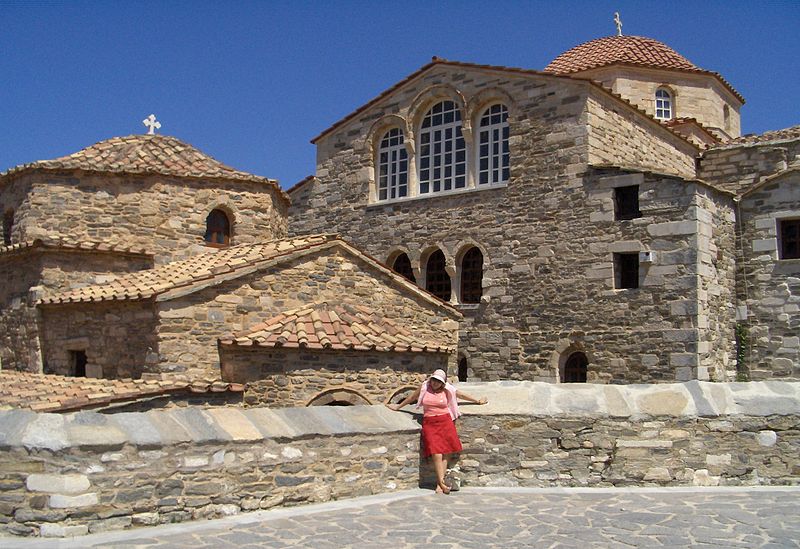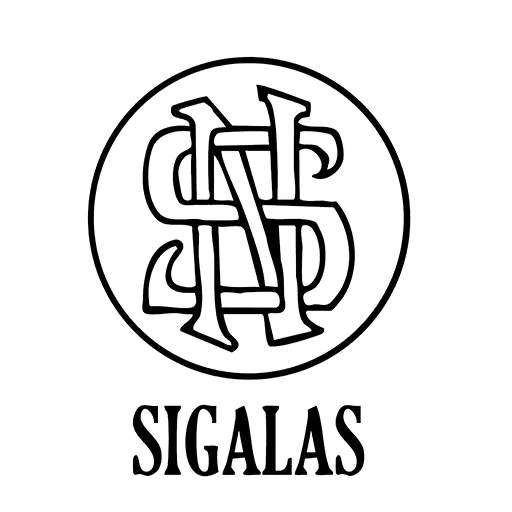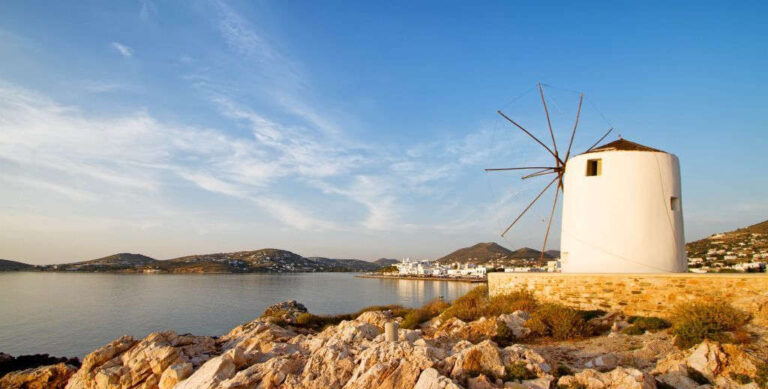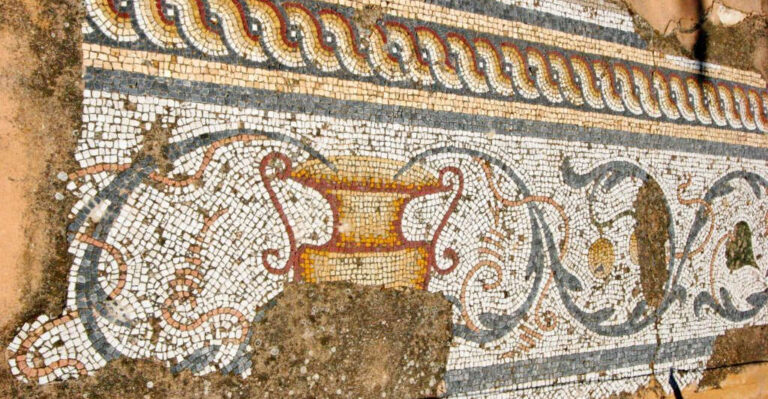Parikia town
Parikia is the capital and the main port of Paros island. It is one of the most typical Cycladic settlements as it is distinguished by its narrow cobbled paths, the old churches, the small shops and the houses in blue and white.
Situated on a bay on the north-west side of the island and occupies the site of the ancient capital Paros. Parikía harbour is a major hub for Aegean islands ferries and catamarans, with several sailings each day for Piraeus, the port of Athens, Heraklion, the capital of Crete, and other islands such as Naxos, Ios, Mykonos, and Santorini. Panagia Ekatontapiliani the landmark church with its 100 doors is also in Parikia, Paros.
In Parikia town, houses are built and decorated in the traditional Cycladic style, with flat roofs, whitewash walls and blue-painted doors and window frames and shutters. Shadowed by luxuriant vines, and surrounded by gardens of oranges and pomegranates, the houses give the town a picturesque aspect. Above the central stretch of the seafront road, are the remains of a medieval castle, built almost entirely of the marble remains of an ancient temple dedicated to Apollo. Similar traces of antiquity, in the shape of bas-reliefs, inscriptions, columns, and so on, are numerous. On a hillside in the southern outskirts of Parikia on the left of the Parikia – Alyki road are the remains of a temple dedicated to Asclepius. In addition, close to the modern harbour, the remains of an ancient cemetery are visible, having been discovered recently during non-archaeological excavations.


Back from the port, around 400 m left of Parikia’s main square, is the town’s principal church, the Panagia Ekatontapiliani, literally meaning “church of the hundred doors”. Its oldest features almost certainly predate the adoption of Christianity as the state religion of the Roman Empire in 391. It is said to have been founded by the mother of the Roman Emperor Constantine the Great (ruled 306–337), Saint Helen, during her pilgrimage to the Holy Land. There are two adjoining chapels, one of very early form, and also a baptistery with a cruciform font.
Parikia town has it’s own interesting archaeological museum housing some of the many finds from sites in Paros. The best pieces, however, are in the Athens National Archaeological Museum. The Paros museum contains a fragment of the Parian Chronicle, a remarkable chronology of ancient Greece. Inscribed in marble, its entries give time elapsed between key events from the most distant past (1500 BC) down to 264 BC.
Source: Wikipedia




